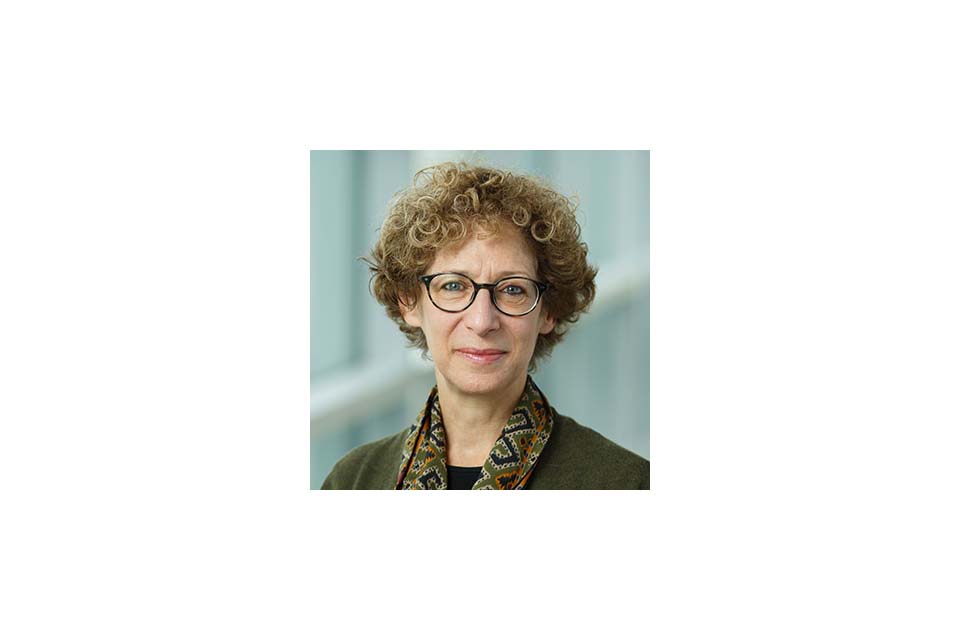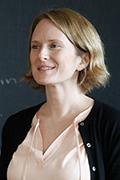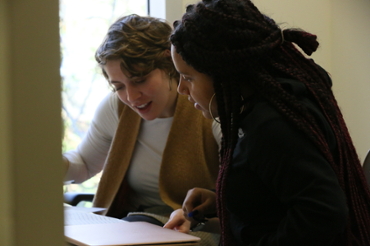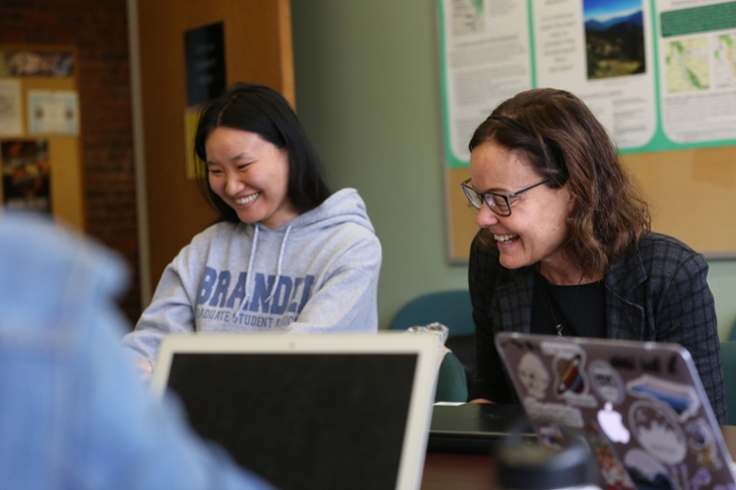The Importance of Historical Training: An Interview with Amy Singer

January 23, 2025
Abigail Arnold | Graduate School of Arts and Sciences
Amy Singer is an Ottoman historian in the Department of History at Brandeis University where she holds the Hassenfeld Chair in Islamic Studies and is the current Director of Graduate Studies (DGS). She has been a faculty member at Brandeis since 2019. She spoke to the Graduate School of Arts and Sciences about her research, why historical training is important, and the ways she brings graduate students in History together academically and socially.
What’s your academic background, and how did you find yourself at Brandeis?
I came to Brandeis in 2019 after thirty years teaching at Tel Aviv University in the Department of Middle Eastern and African History. I was interested in moving to the U.S., and Brandeis was looking to fill the Hassenfeld Chair with an Ottomanist.
Tell us about your research. How did you become interested in this area of history?
I was a history major in college when I developed a serious interest in the Middle East, but my college had no faculty in this field at the time. I was lucky to be accepted into a graduate program in Middle Eastern Studies. At first, I wanted to study the Arab-Israeli conflict and Jerusalem, but when I started graduate school in the fall of 1982, the Israeli invasion of Lebanon was ongoing. I realized that I didn’t want to study something that was so ongoing and visceral, so while still focusing on Jerusalem, I retreated from the twentieth century all the way back to the sixteenth. I became an Ottomanist because it was the Ottomans who held Jerusalem from the sixteenth to the beginning of the twentieth century.
My first book was about the relationship between Palestinian peasants and the Ottoman government officials in the villages around Jerusalem. I had learned from Russian history how governments make assumptions about what peasants will do, but peasants, like other people, tend to do what’s good for them! Governments have grand plans, but peasants keep them at arm’s length and get on with it. During my research on the villages, I learned about an enormous public kitchen in Jerusalem that drew its revenues from property endowed to it in the villages I was studying – I got very interested in that, and it became my second book. This kitchen sparked my interest in food history, both the food itself and the social and political implications of food distribution. The beneficent distribution of food led to a broader interest in charity and philanthropy in Islam, which was the focus of my third book. After that study, I returned to the Ottoman public kitchens – Jerusalem was a small place and had just one, but I wanted to study a city with many kitchens, to understand how they interacted, even cooperated with one another. I settled on Edirne, Byzantine Hadrianopolis or Adrianople, which is today in Turkey on the Turkish-Bulgarian-Greek border. It may have had as many as fifteen kitchens in the fifteenth and sixteenth centuries. In trying to do my research, I found there was nothing written about Edirne, despite its being the Ottoman capital in the first half of the fifteenth century, just before the Ottoman conquest of Constantinople in 1453.
What makes this topic socially significant?
We talk a lot about people whose history hasn’t been written, but there are also places that have been ignored. The reasons for sidelining them are just as complex and political as reasons for ignoring people. Once you start studying a place, it tells you more about the people – for example, Oklahoma City as a place has come back into historical focus because of the Black Lives Matter movement. Studying ignored places tells you a lot about how people write history and what they choose to pay attention to or ignore.
For Ottoman history, specifically, Edirne is an important piece in the puzzle of understanding who the Ottomans were, for several centuries of their history. The city was a capital and continued to serve what I call “capital functions” for a very long time afterwards. Once you put the light on a place you didn’t pay much attention to before, you also have to rethink what you understand about places you’ve already noticed– for example, we know a lot about Istanbul, but once we know more about Edirne, our sense of Istanbul shifts.
My work on Edirne also contributes to a larger conversation about capital cities. When Edirne was the capital, the Ottoman Empire was still reasonably mobile, but beginning to sedentarize. People made choices about what they had to build to make a capital and what would happen only there. As the empire was getting bigger, they had more records to keep, and the records became physically heavier – the Ottomans couldn’t just carry them around endlessly or put them on a thumb drive! The weight of bureaucracy meant keeping records in one space.
On a much broader scale, I believe that having trained historians in the world is a social good. Historians think and look at sources in particular ways, and this kind of critical thinking and the ability to notice the presence and absence of sources to support the claims of an argument are crucial activities for a healthy society. A history PhD student doesn’t need to end up teaching at an R1 university. They also have skills that allow them to work for the government, industry, private foundations, museums, or secondary schools.
What do you think are the strengths of Brandeis's graduate program in History, and how do you like working with Brandeis graduate students?
We have a small program, and our strengths lie in that. We can be very conscious of how every individual student is doing and focus on their specific needs. We also have faculty with very diverse areas, covering a broad expanse of the world. When you include the department affiliates, who can also advise PhD students, Brandeis has quite a large number of historians!
Brandeis graduate students want to learn and are truly excited about the things they’re learning. They’re very focused on the projects that brought them here.
What opportunities do students in the History graduate program have?
When I stepped into the position of Director of Graduate Studies, I created the Dissertation Writers’ Seminar in the History department, which is for students who have met all other requirements and are working on their dissertations. Students need to commit to presenting at least one chapter a year and to commenting on all the other students’ chapters that are presented. I teach the seminar as a formal obligation; you can’t just show up for your own chapter but have to be there for everyone else. We meet online, because we started during Covid, but it’s ended up working very well. The first time I taught it, we were in ten different time zones, and historians writing dissertations tend to be spread around the world in archives and libraries. This allows for maximum flexibility. I’ve been able to create and maintain a dissertation-writing community of historians for several years, as people can take the seminar more than once. It’s now built into the program and is a serious and fun collegial and professional graduate activity that has allowed me as the DGS to get to know our students better and have a clearer sense of their work.
We also started to host a once-a-semester potluck – mostly dinners but once a Sunday brunch. We had twenty people at the most recent get together, with students inviting their partners and kids. We always invite one or two faculty along with the students. This is a great informal way for people to meet and get to know each other, and it brings students together beyond the formal structures of the department.






